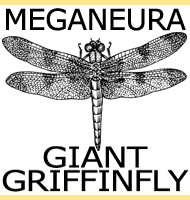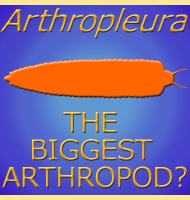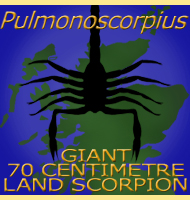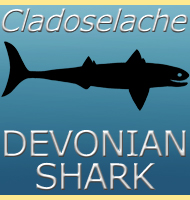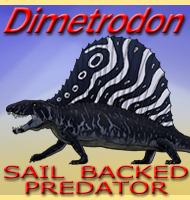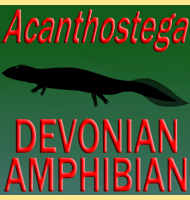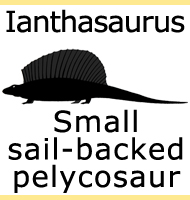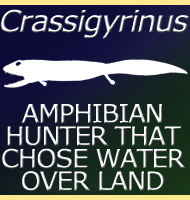


Jaekelopterus
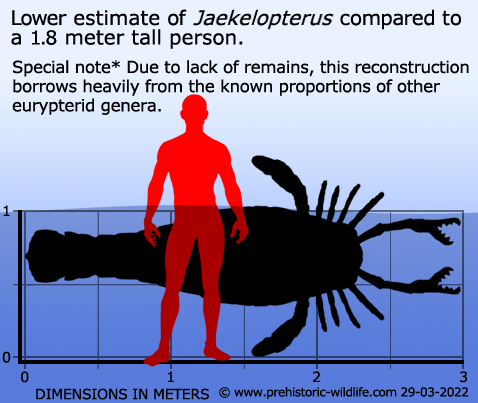
Name:
Jaekelopterus
(Jeakel's wing).
Phonetic: Yee-kel-op-teh-rus, sometimes pronounced
as Jee-kel-op-teh-rus.
Named By: Waterston - 1964.
Synonyms: Pterygotus howelli, Pterygotus
rhenaniae
Classification: Arthropoda, Merostomata,
Eurypterida, Pterygotidae.
Species: J. rhenaniae
(type), J. howelli.
Diet: Carnivore.
Size: Estimated between 2.3 and 2.6 meters long from the
head to the tip of the telson (end of the tail)
Known locations: Germany - Klerf Formation.
Time period: Emsian of the Devonian.
Fossil representation: Single chelicerae.
Named
after Otto Jeakel, Jaekelopterus is currently the
largest known eurypterid,
even bigger than the more famous Pterygotus.
Again this
demonstrates how the arthropods grew to giant proportions which
continue to remain unknown in today’s living arthropods.
Jaekelopterus itself it thought to have been a
freshwater species that
possibly hunted other arthropods and possibly fish.
The
upper size estimate of Jaekelopterus was
extrapolated by comparing the
size of the chelicerae to other more complete specimens and then
scaling up the size of the compared specimens to reveal the size. The
problem with this method is that it is only as reliable as the
similarity between the compared specimens, and caution needs to be
exercised when using it. This caution was also reflected by the
authors of the discovery, Simon Braddy and Markus Poschmann, who
estimated the length of Jaekelopterus at 2.5
meters, even though
comparison scaled it closer to 2.6 meters in length.
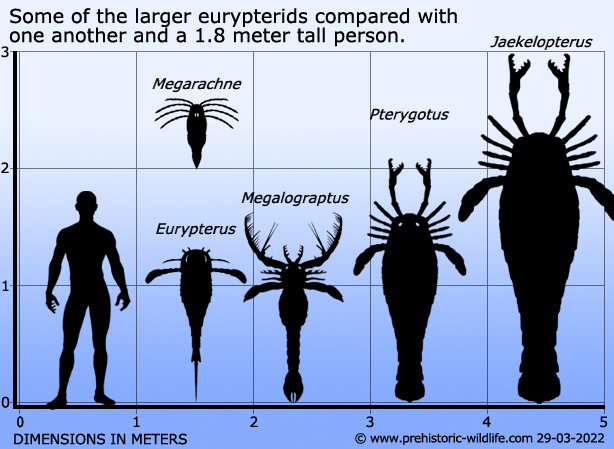
More information on these - Eurypterus, Jaekelopterus, Megalograptus, Megarachne, Pterygotus.
Further reading
- Giant claw reveals the largest ever arthropod. - Biology Letters 4
(1): 106–109 - Simon J Braddy, Markus Poschmann & O. Erik
Tetlie - 2007.
- Reply: giant claws and big bodies. - Biology Letters. 4 (3): 281. -
Simon J. Braddy & Markus Poschmann & Erik Tetlie -
2008.
-
An isolated pterygotid ramus (Chelicerata: Eurypterida) from the
Devonian Beartooth Butte Formation, Wyoming. - Journal of Paleontology
Volume 84, Issue 6, pp1206-1208. - Kames C. Lamsdell & David A.
Legg - 2010.
----------------------------------------------------------------------------
Random favourites
 |
 |
 |
